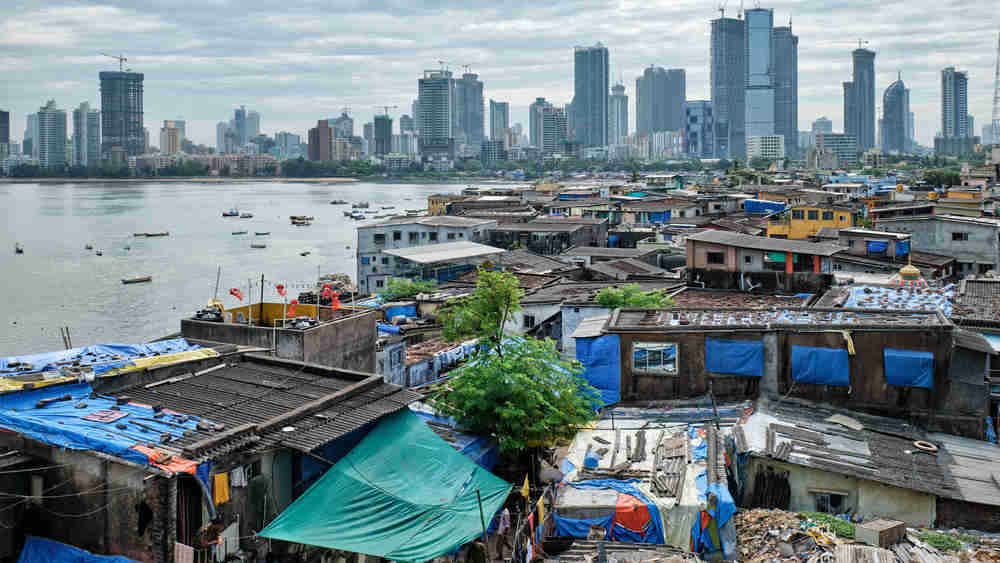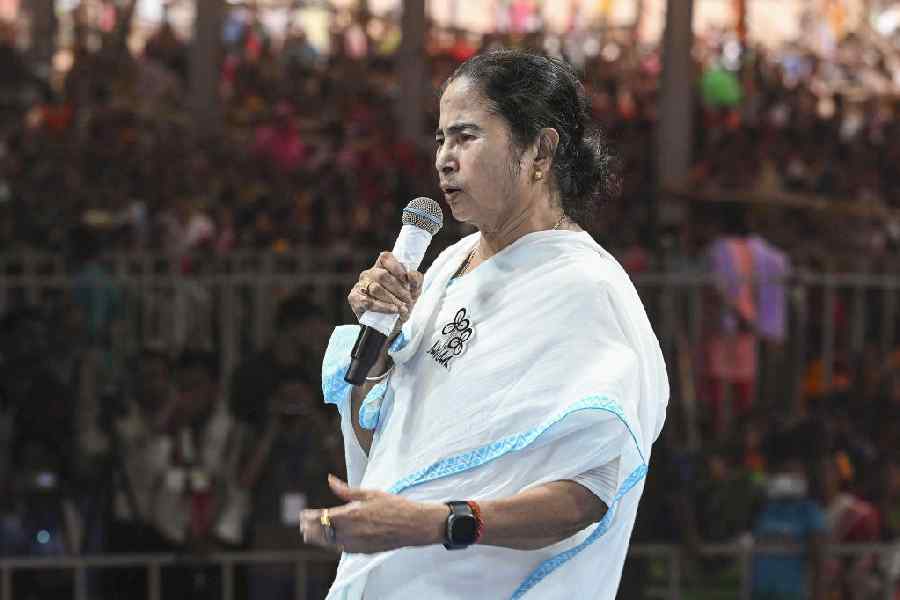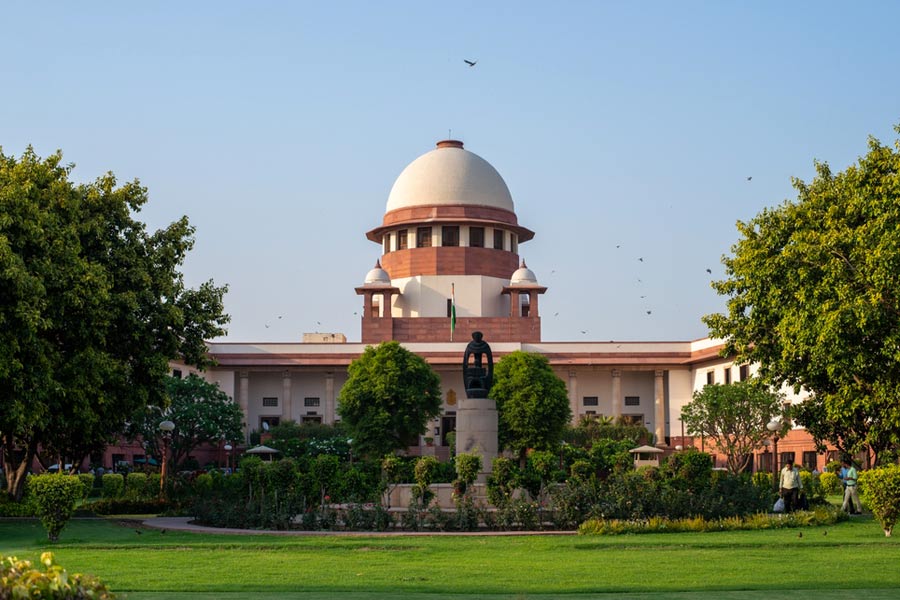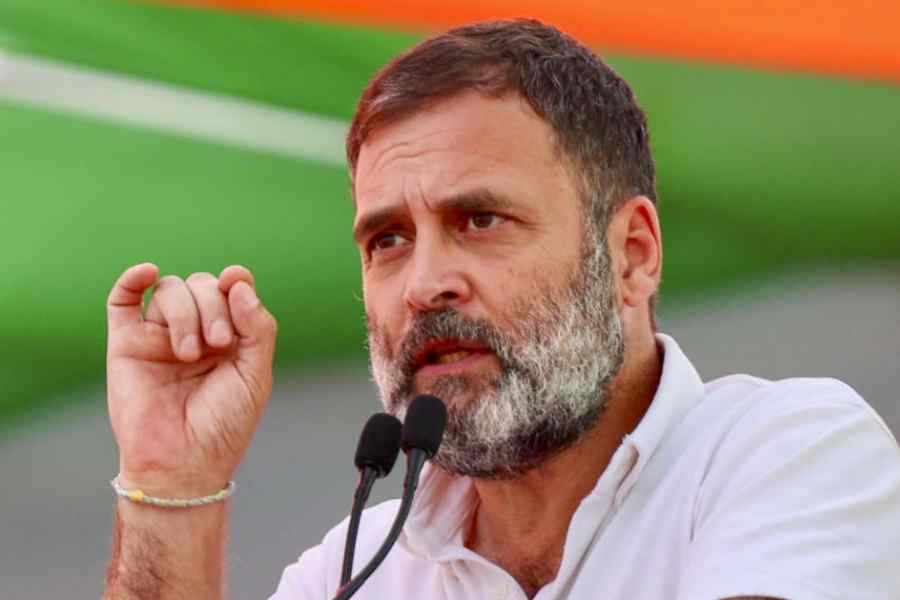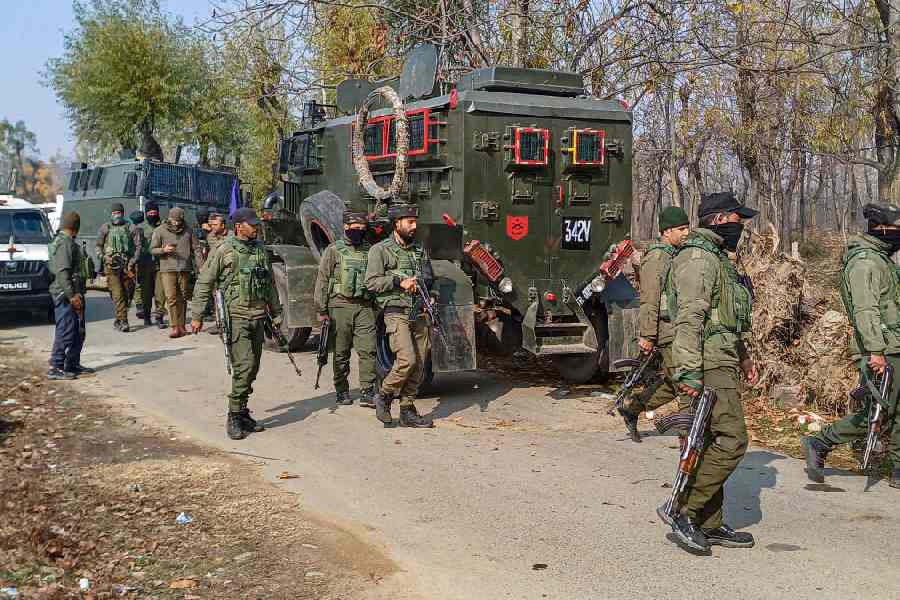Mahatma Gandhi’s India, which “live[d] in [its] villages”, will cease to be a reality quite soon. New data from the Census office have projected that by 2036, 18 Indian states and Union territories will have at least 50 per cent of their populations residing in urban areas. These are not isolated figures: the data have been borne out by other research initiatives. In 2018, a study by the United Nations’s Department of Economic and Social Affairs said that by 2050, India would have around 416 million urban dwellers. Urbanization and the corresponding emptying out of rural settings are turning out to be a global phenomena. China, for instance, is increasingly becoming a nation of town and city dwellers — by 2016, more than 55 per cent of its population was already living in urban areas.
Urbanization is interpreted as a sign of progress. But it merits closer scrutiny. In India, hyper-urbanization would bring with it unique, and serious, challenges. This year marked six years since the Bharatiya Janata Party’s flagship Smart Cities Mission was launched. Its aims were to create 100 smart cities, improve the quality of life for urban residents, and steer India’s rapid urban development with the help of technology and data-driven solutions. And, yet, latest data indicate serious failures in making these cities liveable, economically vibrant and environmentally sustainable. This myopia in policy is likely to lead to the intensification of existing environmental and infrastructural challenges with rural populations moving to urban areas in search of jobs and livelihood. Health, sanitation, housing, employment, water supply and education are some of the sectors that would come under unprecedented pressure. Some of these challenges are visible already — Indore was declared the ‘best’ smart city, but the district witnessed the highest number of Covid deaths in Madhya Pradesh during the second wave. Worse, most large Indian cities, including metropolises, do not have climate resilience plans in place, even though India has been ranked the seventh most climate-vulnerable country by the Climate Risk Index 2021. Finding solutions to these problems will require urgent and targeted planning by governments and city developers. For instance, is there a case to be made for a State-aided redistribution of populations to satellite towns that have been provided better infrastructure? Such a model would reduce the burden on major cities and, crucially, aid uniform development.

